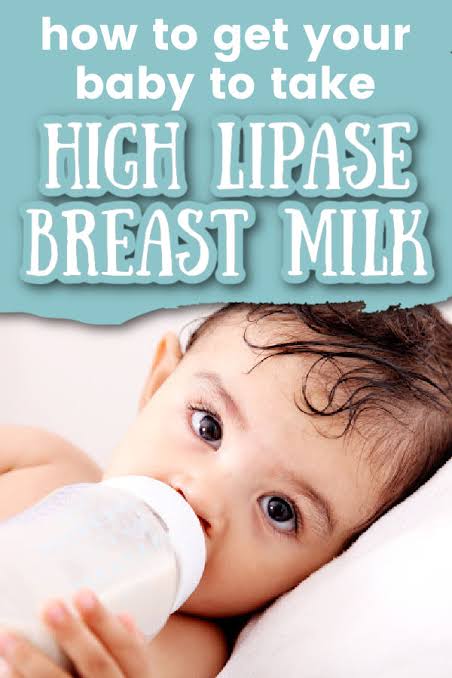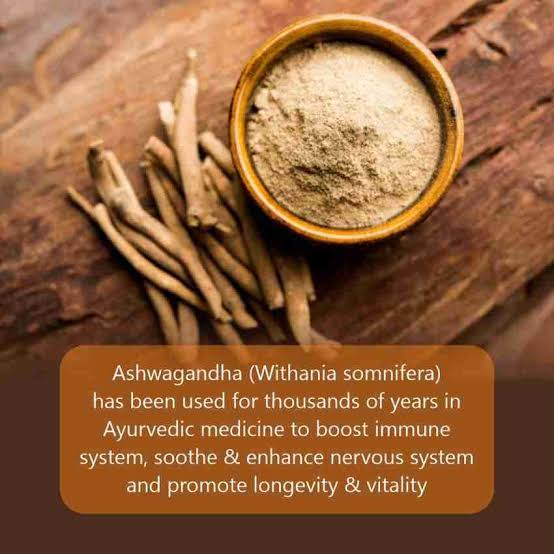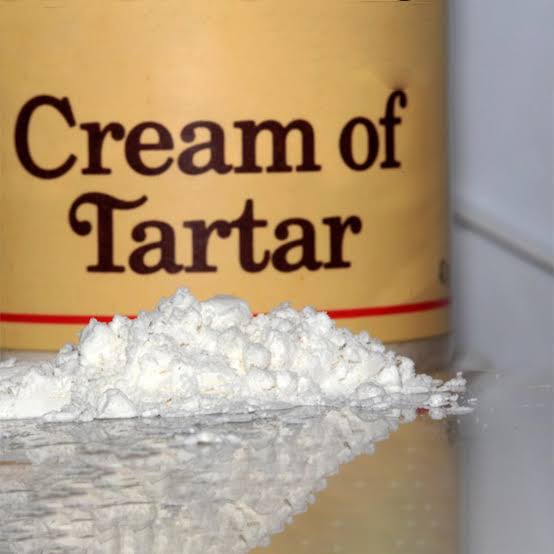Introduction
Breastfeeding moms often face a variety of challenges, but encountering highlipase milk might leave some scratching their heads. Ever notice a soapy or metallic taste in stored breast milk? It’s not your imagination—it could be due to high lipase activity. While it’s completely safe for your baby, the unique taste might lead to feeding struggles.
In this article, we’ll explain what highlipase milk is, why it happens, and how you can manage it effectively. Let’s dive into the world of breast milk and lipase to help make your breastfeeding journey smoother.
Table of Contents
- What is HighLipase Milk?
- Signs Your Milk Has High Lipase Activity
- Why Does Lipase Affect Milk?
- How to Handle High Lipase Milk
- Frequently Asked Questions
- Conclusion
1. What is HighLipase Milk?
Lipase is an enzyme naturally found in breast milk, and it plays a vital role in breaking down fats into smaller, digestible components for your baby. However, some moms produce milk with “high lipase activity,” which can alter the taste and smell of milk after storage.
While this change is harmless, babies with a strong preference for fresh milk might reject stored milk due to its unique flavor profile. Don’t worry, though—there are ways to address it!
2. Signs Your Milk Has HighLipase Activity
Not sure if you’re dealing with high lipase milk? Here are some common signs:
- Unusual Smell: Stored milk may develop a soapy, metallic, or sour smell after being refrigerated or frozen.
- Taste Difference: A taste test might reveal the milk tastes soapy or rancid, even though it’s perfectly safe.
- Baby’s Reaction: If your baby suddenly refuses milk from a bottle but happily breastfeeds, high lipase activity might be the reason.
Testing your stored milk after a few hours in the fridge can help confirm if lipase is the culprit.
3. Why Does Lipase Affect Milk?
Lipase is a hero in breast milk—it helps your baby digest fats and absorb nutrients. However, when breast milk is stored, the enzyme continues its work, breaking down fats at a faster rate than usual. This process can change the taste and smell of the milk.
High lipase activity varies from mom to mom, and not all mothers experience noticeable changes in their stored milk. It’s just one of those unique traits of breastfeeding.
4. How to Handle HighLipase Milk
If you suspect highlipase is affecting your milk, here are some tips to make things easier:
1. Scald the Milk Before Storage
- Scalding (heating milk to 180°F/82°C until bubbles form) deactivates the lipase enzyme, preventing taste and smell changes.
- Cool the milk quickly before refrigerating or freezing.
2. Offer Fresh Milk When Possible
Some babies may prefer fresh milk over stored milk. If your lifestyle allows, pump and feed directly to avoid storage altogether.
3. Mix with Fresh Milk
If your baby doesn’t like the taste of stored milk, try mixing it with freshly pumped milk to dilute the flavor.
4. Experiment with Baby’s Tolerance
Some babies don’t mind the taste change, so offer the milk to see how your little one reacts before taking extra steps.
People Also Ask
Q: Is highlipase milk safe for my baby?
Yes! Milk with highlipase activity is completely safe. The enzyme doesn’t affect the nutritional value; it just changes the taste.
Q: How do I know if I have highlipase milk?
If your stored milk develops a soapy or metallic smell after refrigeration, it’s likely due to highlipase activity. Taste-testing stored milk can confirm it.
Q: Does scalding milk affect its nutrients?
Scalding may slightly reduce some nutrients, but the milk remains highly nutritious and beneficial for your baby.
Q: Will freezing milk stop the lipase activity?
Freezing slows down lipase activity but doesn’t stop it entirely. Scalding before freezing is the best way to preserve the taste.
Q: Can highlipase activity be prevented?
Lipase levels are natural and can’t be changed, but managing how you store milk (like scalding) can help reduce the impact.
6. Conclusion
High lipase milk might come with its quirks, but it’s nothing to stress about. Understanding why it happens and learning how to manage it can make breastfeeding and milk storage much easier. With options like scalding, mixing, or offering fresh milk, you can ensure your baby continues to enjoy the amazing benefits of breast milk—no matter the taste.
Breastfeeding is a journey filled with learning and love, so don’t hesitate to experiment and find what works best for you and your baby.
Got more questions? Drop them below or reach out for personalized advice. Remember, every mom and baby duo is unique, and you’re doing an amazing job!







